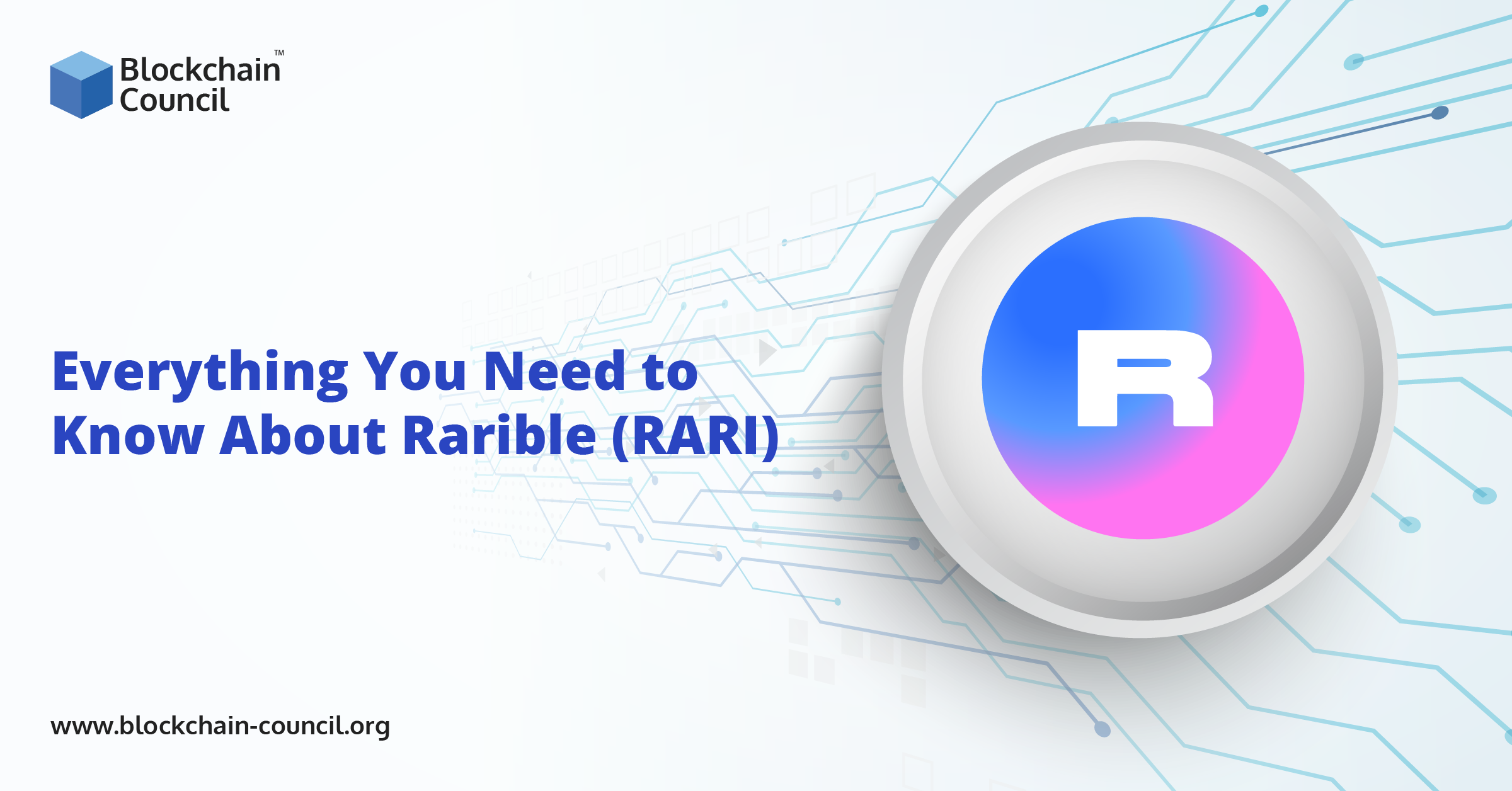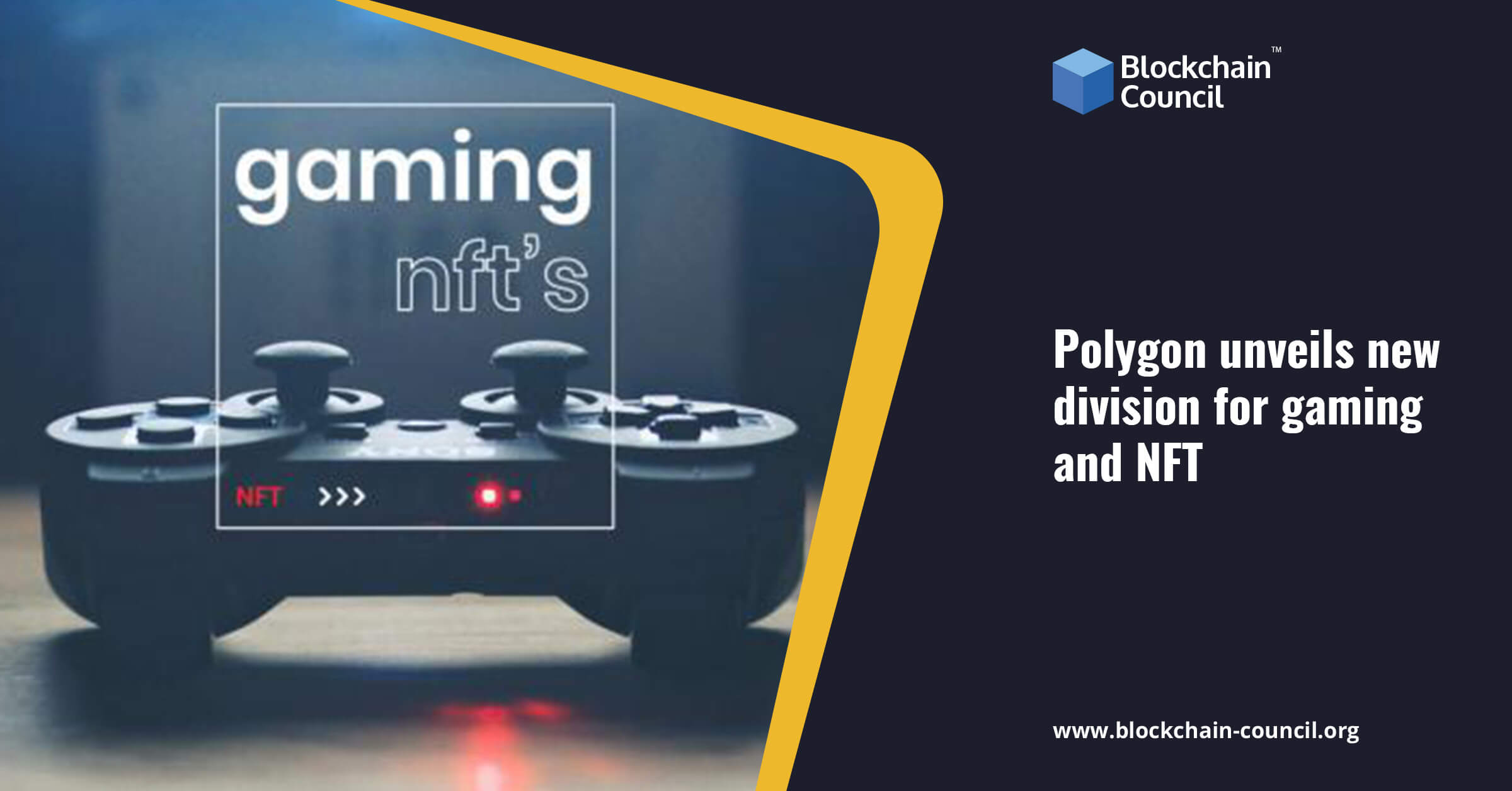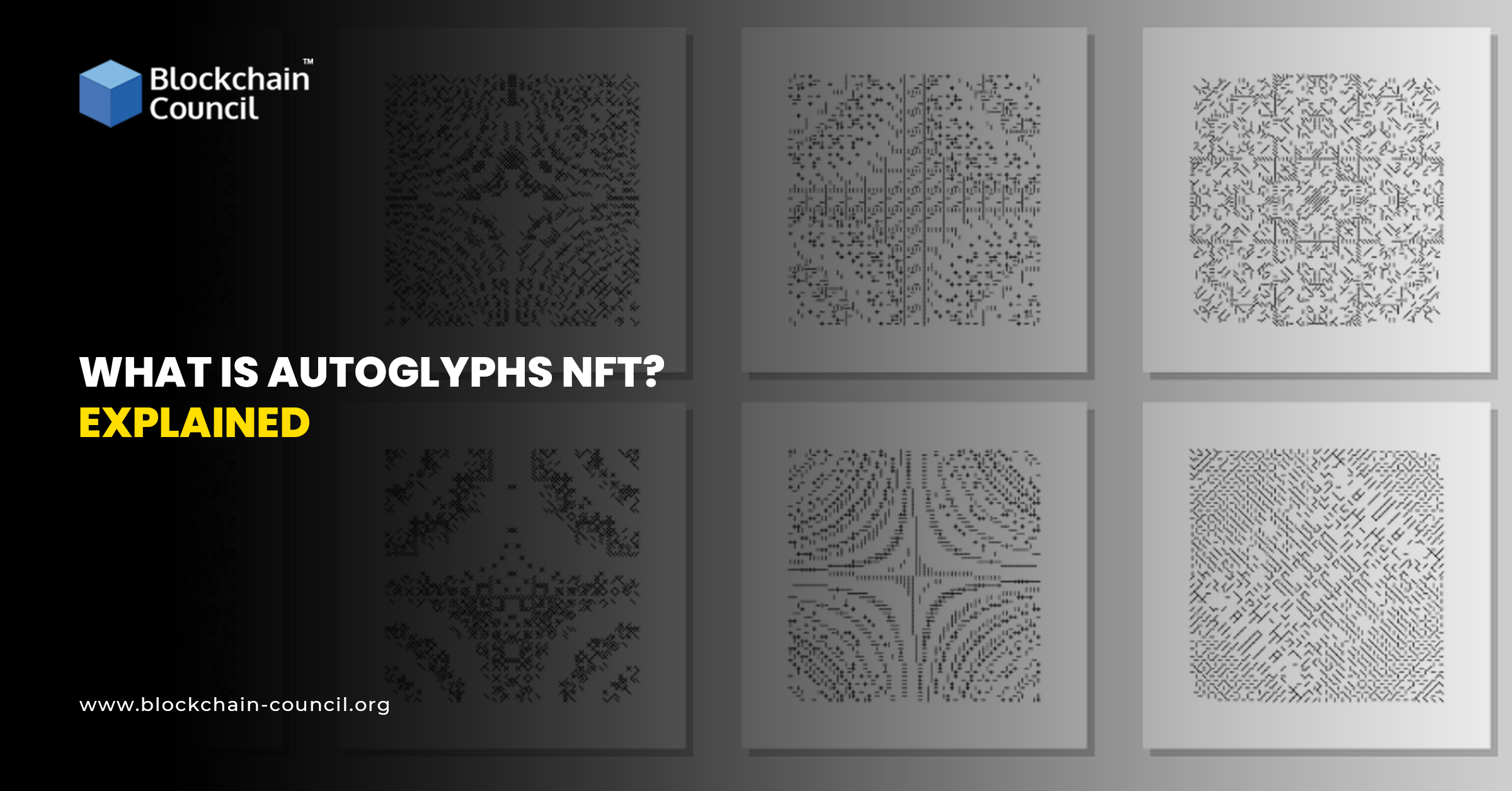![NFT Fragmentation: A Comprehensive Guide [2022]](https://www.blockchain-council.org/wp-content/uploads/2022/09/NFT-Fragmentation-A-Comprehensive-Guide-2022-01.jpg)
- Blockchain Council
- September 27, 2022
Sometimes, when the whole world is discussing popular topics, it can create confusion for people who are new or unaware of recent changes. Considering all the situations and people, we bring you this NFT fragmentation article, where we start from the basics so you can understand NFT learn & earn concepts.
What is NFT?
Non-Fungible Tokens are referred to as NFTs, meaning they are unique tokens on the blockchain that cannot be substituted by anything else. These tokens are essentially transferrable but not reproducible on the blockchain. In reality, NFTs can be anything digital, including music, videos, pictures, and any other digital material. It’s noteworthy that NFTs are not only utilized in digital art; they may also be used to indicate ownership of any particular object, such as a deed for a digitally or physically represented item.
Developing non-fungible coins is one of the impressive global highlights for crypto projects. Consider a period when exhibiting an artist’s work required them to travel to several art galleries and households. The introduction of non-fungible tokens, or NFTs, has changed the game and provided a new, cutting-edge method for developing a larger economy for these artists and content producers.
What is NFT fragmentation?
It’s fascinating to observe that the idea of NFT fragmentation has recently gained popularity as a method of fractionating non-fungible tokens into separate pieces. Fragmentation can pave new paths for NFT development, even though NFTs initially gained notoriety for their distinctive property of non-divisibility.
For example,
Suppose a shopkeeper has a valuable gem in stock and wants to sell it to the highest bidder. Most bidders would wait for the gem’s price to decrease to purchase it. In these circumstances, the increased cost would not attract bidders. If the vendor has equipment for slicing the item into uniform pieces, the merchant might acquire ownership of the gem by selling it to customers at a profit. Furthermore, the lower prices of the objects work to preserve their overall value.
Requirement of NFT Fragmentation
The absence of liquidity has been cited as one of the main issues hindering the NFT market’s future expansion. It is hard to find buyers for some of the well-known NFT collections due to the outrageous prices they require. Additionally, the costs prevent regular investors and enthusiasts from purchasing NFTs.
Due to the sellers’ and buyers’ impasse, the current NFT market is plagued by numerous issues. Both buyers and sellers are prohibited from acquiring each other’s assets. NFT fragments present the most acceptable means of assisting vendors and purchasers in these situations. The ownership of NFTs can be divided into smart contracts, and retail investors may share ownership of an NFT.
Along with ensuring lower market entry barriers, the fragmentation of NFTs also provides more liquidity in NFT secondary markets. In addition, various alternatives for tokenizing a portion of ownership of their creations are available to both artists and NFT developers. They can, therefore, discover the chance to generate cash flow without selling the entire piece.
The Scope of NFT Fragmentation
The benefits of NFT fragments, especially in terms of liquidity in the market, cast light on a bright future for the sector. On the other hand, separating and dispersing assets has been around for a while.
As an illustration, Rally divided the company’s equity into many equities and established a platform for collecting them in 2017.
Shareholders are eligible to receive a portion of the company’s profits, and the corporation securitizes assets to make collectibles available to regular investors for purchase and investment. It’s critical to realize that market fragmentation in the NFT space may bring several new difficulties.
As an illustration, fragmentation addresses the liquidity issue while creating a pathway to transfer the matter to individual investors.
It’s vital to note that not all NFT projects are appropriate for NFT fragmentation because doing so could restrict the projects’ ability to grow.
For instance, NFTs with little potential for expansion and dubious collection values would hardly make a list. Additionally, due to legislative precedents, projects that deal with fragmentation must also deal with market concerns. Without specific restrictions, fragmented NFTs may be categorized as “unregistered securities.”
Benefits of opting for NFT courses online
The NFT platform has gained a lot of recognition and investment. The demand for online courses to instruct inexperienced but curious people on creating and trading NFTs on the blockchain has surged as interest in NFTs grows. Many top online NFT certifications, ideal for both beginners and intimidated ones, are conducted by NFT experts. The NFT approach is straightforward yet opens up a wide range of possibilities.
In the medical field, real estate, academia, the supply chain, the gaming sector, and any other area where rarity, authenticity, and production records are essential, NFTs have practical applications. Since the price of these NFTs is determined by their rarity, those that produce them can make significant gains from trading them.
Likewise, fly-by-night individuals and ventures have been prompted into action by the explosion in interest in NFTs. As a result, in addition to the potential, there are significant security concerns and risks associated with using NFTs.
Risk Factor of NFT
For taking precautions against these, the most distinct risk categories are covered by any of the best online NFT courses listed below:
Price variability
The value of a digital token in the world of NFTs is determined by its scarcity and uniqueness. The criteria for deciding inventiveness and rarity are no longer fixed. For NFT fans, this creates another significant challenge in price fluctuations and appraisal.
Issues with smart contracts
One of the most apparent hazards that the industry is currently facing is this one. Any smart contract vulnerability can compromise security and allow hackers to take excessive amounts of cryptocurrency.
One instance is hackers’ theft of $600 million from the Poly Network protocol.
Digital scams and threats
Forged NFTs, fraudulent or false airdrops, impersonated artists, scams involving the duplication of well-known NFTs, and other forms of counterfeit activity are examples of these risks.
Legal Obstacles
The legal definition of an NFT has not yet been established worldwide. To prevent concerns with non-compliance, the NFT’s phenomenal growth and wide range of applications demand internationally recognized regulatory interventions.
If someone wants to enter this market for secure investments, learning about NFT hazards and security issues should be their primary focus. NFT training ought to cover the hazards associated with the course objectives.
However, Certified NFT Expert-led online NFT courses are available at Blockchain Council that inform newcomers about these problems and the different strategies for securely navigating the NFT realm.
Conclusion
The market prospects for NFTs are evident, and the demand for fragmentation may gain traction as more individuals become interested in the area of NFTs. The fragmentation of NFTs is still a relatively new idea that needs more time to develop. Will it create new challenges for NFT adoption or help it grow? Blockchain Council online courses teach NFTs and the benefits of fragmentation for people who wish to learn about this topic from experts and create a career in this domain.

































































![NFT Fragmentation: A Comprehensive Guide [2022]](https://www.blockchain-council.org/wp-content/uploads/2022/09/shutterstock_2086331482-scaled.jpg)




 Guides
Guides News
News Blockchain
Blockchain Cryptocurrency
& Digital Assets
Cryptocurrency
& Digital Assets Web3
Web3 Metaverse & NFTs
Metaverse & NFTs
